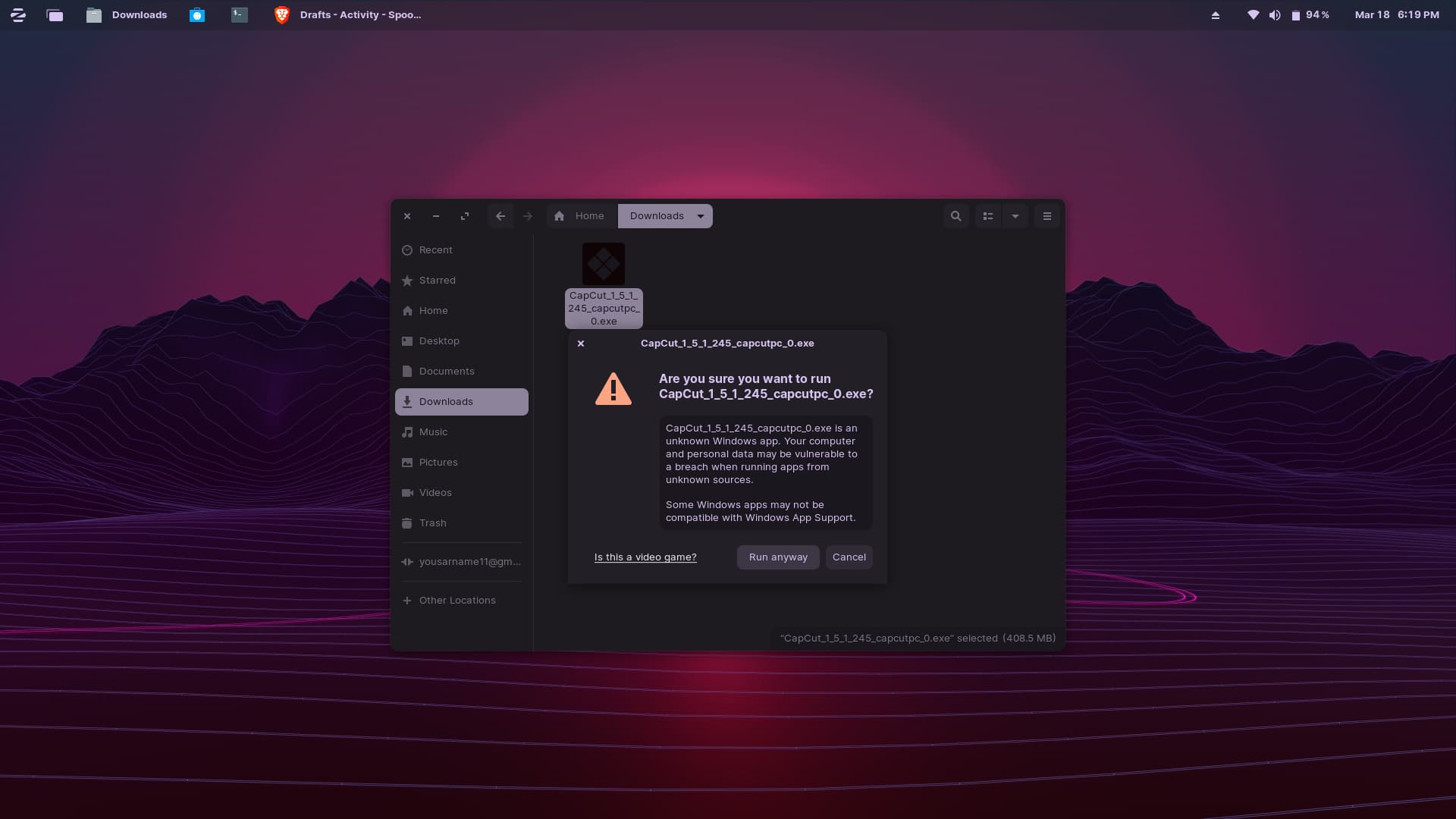Does CapCut make a Linux version?” you’re not alone. Many Linux users are eager to access this popular video editing tool, which has gained significant traction on mobile and desktop platforms.
Unfortunately, CapCut does not offer a native version of Linux. However, there are various workarounds and alternative editing tools available that can help you achieve similar results. In this blog post, we’ll explore your options and what you need to know about using CapCut on a Linux system.
Table of Contents
Introduction to CapCut and Its Availability

CapCut, developed by ByteDance, has quickly become a favorite among video editors. The app is widely available on mobile devices, specifically Android and iOS. Additionally, there are desktop versions for both Windows and macOS.
This broad availability has made CapCut an accessible and versatile tool for content creators. However, one significant gap remains: CapCut does not have a native version of Linux. While it caters well to mobile and desktop users on other platforms, Linux users must seek alternative methods or tools to enjoy similar video editing capabilities.
CapCut’s Lack of Native Linux Support
The lack of a native Linux version for CapCut leaves many users in a bind. As Linux grows in popularity, this gap becomes more noticeable. CapCut’s developers have focused on Android, iOS, Windows, and macOS, leaving Linux behind.
This decision forces Linux enthusiasts to seek alternative methods to run the software. Transitioning to Android emulators or using compatibility layers like Wine can be cumbersome. These workarounds often don’t match the performance of native applications. The absence of native support raises questions about future updates. Will CapCut eventually include Linux in its lineup? Only time will tell.
Using Android Emulators to Run CapCut on Linux
One of the viable methods to run CapCut on Linux is through Android emulators. Emulators like BlueStacks or Anbox can mimic the Android environment on your Linux system. First, you need to install an emulator and then download CapCut from the Google Play Store.
This method allows you to access the full functionality of CapCut without leaving Linux. However, using an emulator may impact performance and resource usage. While it isn’t perfect, this workaround provides a feasible option for those determined to use CapCut on a Linux machine.
Symbols can convey ideas quickly and visually, often transcending language barriers. They enhance communication by adding flair to text, making it more engaging. Using symbols can also save space and capture attention in digital content. They are especially useful in social media, design, and branding.
Running CapCut’s Windows Version via Wine
Running CapCut’s Windows version on Linux through Wine is another option. Wine is a compatibility layer that allows Windows applications to run on Unix-like operating systems, including Linux. First, install Wine on your Linux system. Next, download the CapCut installer for Windows.
Run the installer using Wine, following the prompts as you would on a Windows machine. This method provides access to CapCut without the need for an emulator. However, performance and stability can vary. Compatibility issues might arise, requiring additional tweaks or troubleshooting. Wine offers a versatile solution but isn’t always seamless.
Using Proton to Run CapCut on Linux
Proton, developed by Valve, is another option for running CapCut on Linux. Proton is designed to facilitate running Windows games on Linux but can also handle applications like CapCut. First, you need to have Steam installed on your Linux system.
After that, enable Proton within Steam’s settings. Then, download CapCut’s Windows version and run it through Steam. This method leverages Proton’s advanced compatibility features, making it a more robust solution than Wine for some users. However, be prepared for occasional tweaks to optimize performance and resolve any potential issues.
Performance and Stability Considerations
Running CapCut on Linux through emulators or compatibility layers comes with performance and stability challenges. These methods can consume significant system resources, causing slowdowns. Emulators might not fully utilize your hardware, resulting in laggy video editing. Compatibility layers like Wine or Proton can also introduce bugs and glitches.
Updates to CapCut or the Linux system might disrupt functionality, requiring constant tweaks. Additionally, the user experience can vary, making it difficult to predict performance. While these workarounds enable CapCut on Linux, they often fall short of the smooth operation native applications provide.
Exploring Native Linux Video Editing Tools

For those seeking a native solution, Linux offers several robust video editing tools. Kdenlive, Shotcut, and OpenShot are among the top choices. These tools are designed specifically for Linux, ensuring better performance and stability. Kdenlive provides a feature-rich environment suitable for both beginners and professionals.
Shotcut offers a straightforward interface with powerful editing capabilities, making it accessible yet effective. OpenShot is known for its user-friendly design and wide range of features. Transitioning to these native tools can provide a smoother and more efficient editing experience, eliminating the need for emulators or compatibility layers.

